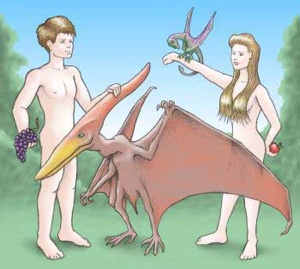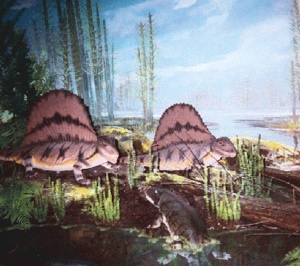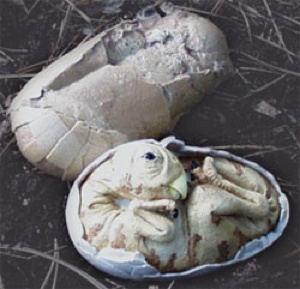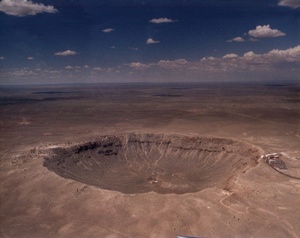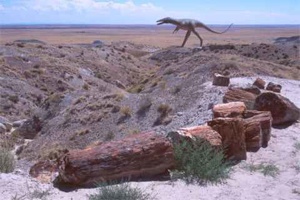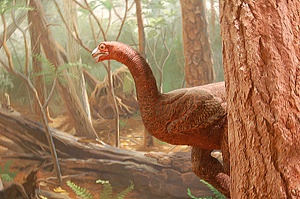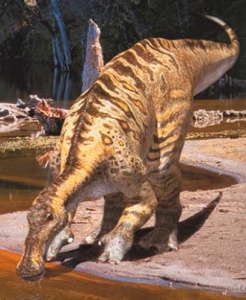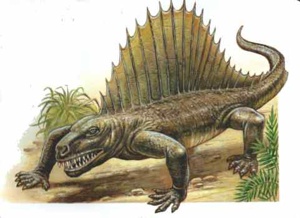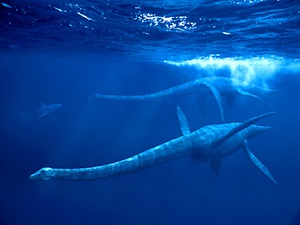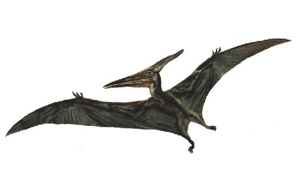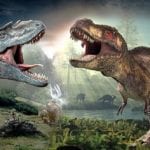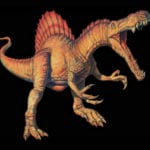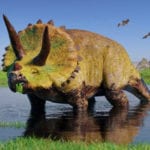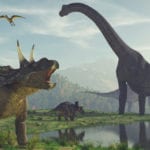 Movies and TV
Movies and TV  Movies and TV
Movies and TV  History
History 10 Things You Never Knew About Presidential First Ladies
 Movies and TV
Movies and TV 10 Zombie Movies That Will Actually Terrify You
 Humans
Humans 10 Times Scientists Were Absolutely Sure… and Absolutely Wrong
 Our World
Our World 10 Pivotal Moments for Life on Earth
 Movies and TV
Movies and TV 10 Most Realistic Medical TV Shows of All Time
 Creepy
Creepy 10 Eerie & Mysterious Ghosts of the Pacific Coast
 Weird Stuff
Weird Stuff 10 Typos That Accidentally Changed History
 History
History 10 Times Trickery Won Battles
 Technology
Technology 10 Awesome Upgrades to Common Household Items
 Movies and TV
Movies and TV 10 Movie Flops That Found Their Way to Cult Classic Status
 History
History 10 Things You Never Knew About Presidential First Ladies
 Movies and TV
Movies and TV 10 Zombie Movies That Will Actually Terrify You
Who's Behind Listverse?

Jamie Frater
Head Editor
Jamie founded Listverse due to an insatiable desire to share fascinating, obscure, and bizarre facts. He has been a guest speaker on numerous national radio and television stations and is a five time published author.
More About Us Humans
Humans 10 Times Scientists Were Absolutely Sure… and Absolutely Wrong
 Our World
Our World 10 Pivotal Moments for Life on Earth
 Movies and TV
Movies and TV 10 Most Realistic Medical TV Shows of All Time
 Creepy
Creepy 10 Eerie & Mysterious Ghosts of the Pacific Coast
 Weird Stuff
Weird Stuff 10 Typos That Accidentally Changed History
 History
History 10 Times Trickery Won Battles
 Technology
Technology 10 Awesome Upgrades to Common Household Items
Top 10 Myths About Dinosaurs
This list explores some of the popular misconceptions about dinosaurs; about how much we actually know about them, and about how well the evidence supports some of our most cherished beliefs concerning dinosaurs.
1. Myth One
The Myth: Humans lived alongside dinosaurs
Dinosaurs and people coexist only in books, movies and cartoons. The last dinosaurs – other than birds – died out dramatically about 65 million years ago, while the fossils of our earliest human ancestors are only about 6 million years old.
2. Myth Two
The Myth: Mammals only evolved after dinosaurs died out
Tiny mammals lived in the shadow of the dinosaurs for more than 150 million years, occupying ecological niches as small, nocturnal animals weighing as little as 2 grams. The ancestors of mammals, animals called synapsids, actually appeared before dinosaurs.
Mammals remained relatively small until 65 million years ago, when the demise of the dinosaurs left a mass of niches for larger mammals to fill. Most of the types of mammals we know today evolved after this time.
3. Myth Three
The Myth: Dinosaurs died out because mammals ate their eggs
Dinosaurs coexisted with mammals for 150 million years. Although dinosaur nests were undoubtedly vulnerable, the most dangerous predators were probably smaller dinosaurs. Most mammals of the time were probably too small to eat the eggs of large dinosaurs.
4. Myth Four
The Myth: An asteroid impact alone killed the dinosaurs
A layer of iridium-rich rock marks the impact 65 million years ago of a 10-kilometre asteroid in shallow water covering what is now Mexico’s Yucatan peninsula. That impact formed the 180 kilometre-wide Chicxulub crater. There is no convincing evidence that any non-avian dinosaurs survived the aftermath of the impact. Yet we are still not totally sure how the dinosaurs died.
The impact itself could only have killed the dinosaurs in the immediate vicinity of the crater. But it also produced devastating after-effects including giant tsunamis, rain that may have been as acidic as battery acid, and clouds of dust that darkened and cooled the globe for months or even decades.
Another theory suggests that before the impact, dinosaurs were already dwindling as falling sea levels and volcanic eruptions took their toll. A combination of those effects probably wiped out the dinosaurs.
5. Myth Five
The Myth: Dinosaurs died out because they were unsuccessful in evolutionary terms
Dinosaurs survived for more than 150 million years, so they cannot be considered unsuccessful. Hominids have lived for only 6 million years, and Homo sapiens date back no more than 200,000 years. Dinosaurs out-competed other animals of their era, but they lost the battle to survive the effects of the asteroid impact.
6. Myth Six
The Myth: All dinosaurs died out 65 million years ago
Birds evolved about 150 million years ago. Most experts believe they evolved from small predatory dinosaurs, which would classify them as dinosaurs according to modern methods of grouping animals. These avian dinosaurs probably suffered some losses after the asteroid impact, but they soon rebounded.
7. Myth Seven
The Myth: Dinosaurs were slow and sluggish animals
Early paleontologists thought dinosaurs must have been slow and sluggish to have lost the “evolutionary race” to birds and mammals. Modern studies find no sign that they were laggards, lazily dragging their tails behind them.
Most dinosaurs were probably as mobile as large, modern mammals. Like lions, meat-eating dinosaurs were active predators that probably lay down and rested after eating their fill.
One study in 2000 of an exceptionally well-preserved hadrosaur fossil, found in a South Dakota riverbed, suggested that dinosaurs had powerful hearts more like those of birds or mammals than modern reptiles. Researchers argue that the fossilized, four-chambered heart points to an active, bird-like metabolism.
8. Myth Eight
The Myth: All large land reptiles from prehistoric times were dinosaurs
Terrestrial reptiles reached 5 metres in length before the first dinosaurs evolved 230 million years ago. Some – such as sail-backed Dimetrodon, which flourished in North America during the Permian period (290 to 240 million years ago) – were related to dinosaurs, but were not true dinosaurs.
9. Myth Nine
The Myth: Marine reptiles – for example, plesiosaurs and ichthyosaurs – were dinosaurs
Several types of marine reptiles evolved during the dinosaur age, but all true dinosaurs were terrestrial animals. Marine crocodiles, like other crocodiles, were closely related to the dinosaurs and so were large, extinct marine reptiles called plesiosaurs, pliosaurs, mosasaurs and ichthyosaurs.
10. Myth Ten
The Myth: Flying reptiles were dinosaurs
Flying reptiles called pterosaurs first appeared just after the dinosaurs, and then died out at the same time as the dinosaurs. The largest grew to the size of a small airplane. However, while they were close relatives, they were not true dinosaurs.
Source: New Scientist
